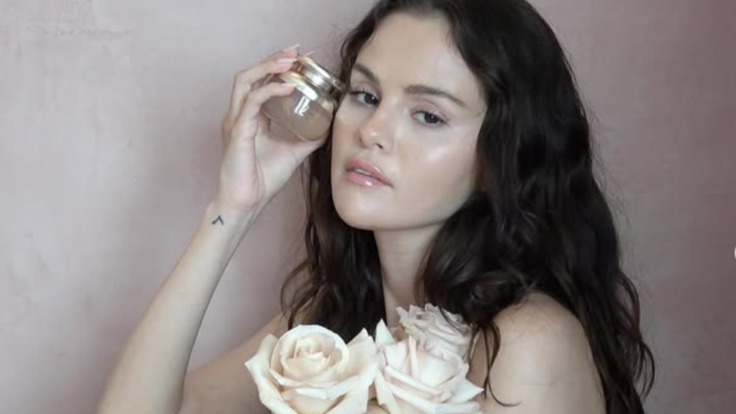Selena Gomez Changed: Possible Reasons She Looks Like A Different Person As Fans Claim Pop Star Was Cloned
Doctors cite lupus treatments, ageing and medication side effects as realistic explanations for changes in her appearance

Selena Gomez's recent public appearances have prompted renewed debate among fans, with some suggesting the singer looks markedly different from earlier in her career. The latest speculation has revived fringe claims that Gomez has been 'cloned', a theory that resurfaced after comparison posts began circulating on social media platforms.
Images shared online highlight perceived shifts in her facial features, fuelling discussion about how a celebrity's appearance evolves under medical treatment, professional styling and natural ageing. Analysts say such reactions are common for public figures whose lives unfold under intense digital scrutiny.
Health specialists and media observers argue that well-established factors, including Gomez's long-term treatment for lupus and her gradual transition into her thirties, offer far clearer explanations than viral rumour. They say context, rather than conspiracy, is key to understanding her changing look.
Health, Ageing, and Treatment Factors
Gomez was diagnosed with lupus, a chronic autoimmune disease, and underwent a kidney transplant in 2017 due to complications from the illness, according to UPI News. Treatments for lupus can involve steroids, immunosuppressants and anti-inflammatory medication. Doctors note that these therapies can lead to visible side effects in many patients, including swelling, fluid retention and weight fluctuation.
Specialists explain that such changes can subtly influence facial contours as a person ages, particularly when photographed in high-resolution or under studio lighting. These shifts may appear more pronounced when isolated in comparison posts or short edited clips shared across social media. Gomez has previously addressed speculation about her appearance, telling interviewers, 'I have Botox. That's it. Leave me alone.'
Styling, Branding and Aesthetic Shifts
Beyond medical factors, much of the perceived change in Gomez's appearance can be attributed to styling. In recent years, she has adopted a sharply cut bob, including a 'flippy side-part bob' widely reported by Glamour as part of her evolving public image. Hairstyle changes, along with makeup techniques, lighting conditions and red-carpet presentation, can significantly alter how facial structure appears in photographs and videos.
Beauty analysts note that features such as cheekbones or jawlines often look different depending on contouring, camera angles and the visual tone of a shoot. These variations can be mistaken for more permanent alterations when seen without context.
@con.boom0 Why does Selena Gomez look like a different person in her new album? Three details explain everything.#selenagomez#inthedark#usa#fyp#celebrity
♬ 原聲 - con.boom0
@shelbyjohnsontheflock Did you see these of Selena Gomez? What is happening in Hollywood? #selenagomez #selena #whatdoyouthink #didyouseethat
♬ Spooky, quiet, scary atmosphere piano songs - Skittlegirl Sound
The recent surge in attention followed a series of comparison posts on TikTok that paired older interviews with more recent appearances. One widely circulated video commented on differences in Gomez's expressions and speaking style, while another focused on her jawline and facial volume in newer music videos. Users offered conflicting explanations, ranging from the effects of medical treatment to makeup choices. Analysts stress that such interpretations frequently rely on selective framing rather than full photographic context.
A Digital Era of Celebrity Scrutiny
Gomez's experience reflects a broader pattern in which high-profile figures face intense visual analysis online, with even minor shifts in appearance becoming subjects of speculation. Media observers say that when a celebrity matures in the public eye, gradual changes can seem abrupt once presented through viral edits, filters or side-by-side comparisons.
While social media conversations have pointed to dramatic explanations, available evidence supports far more routine factors like ageing, long-term medical treatment, evolving styling and minor cosmetic adjustments. Gomez's case underlines the challenges faced by celebrities navigating a digital environment where every change is magnified, interpreted and recycled at speed.
© Copyright IBTimes 2025. All rights reserved.





















